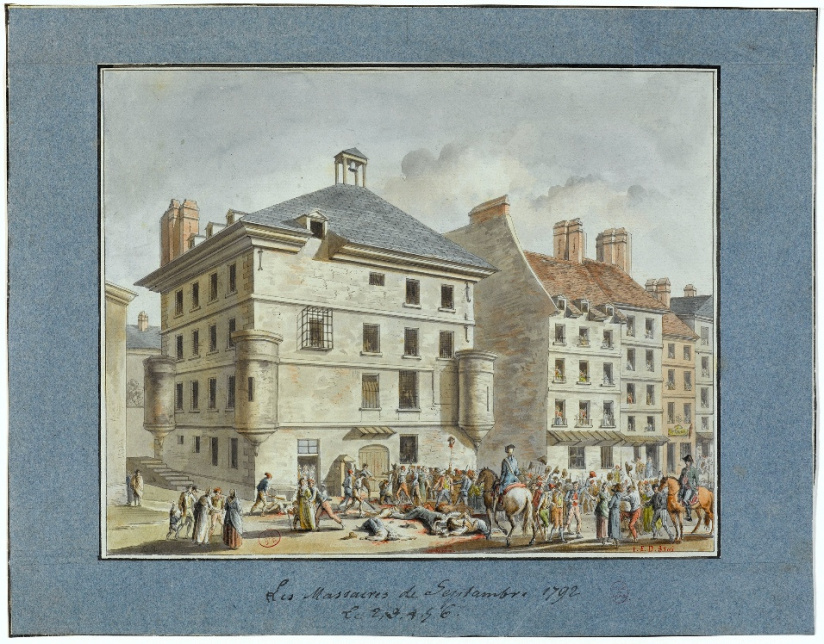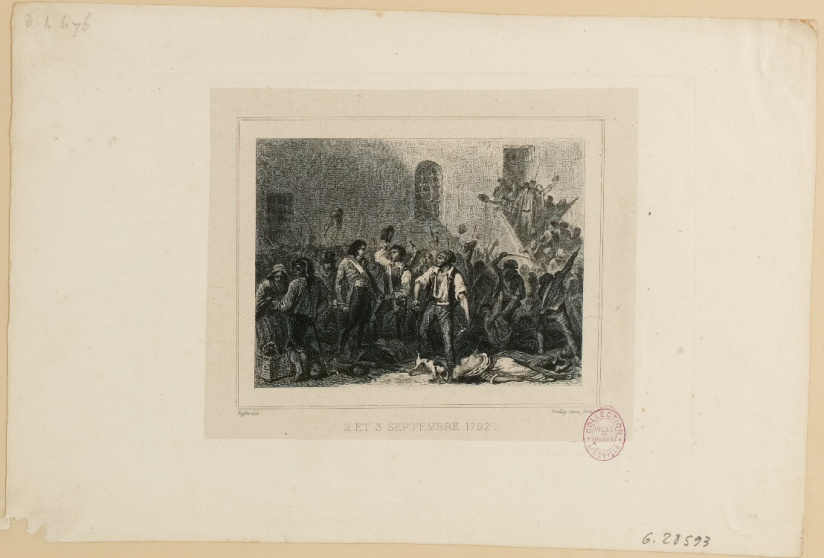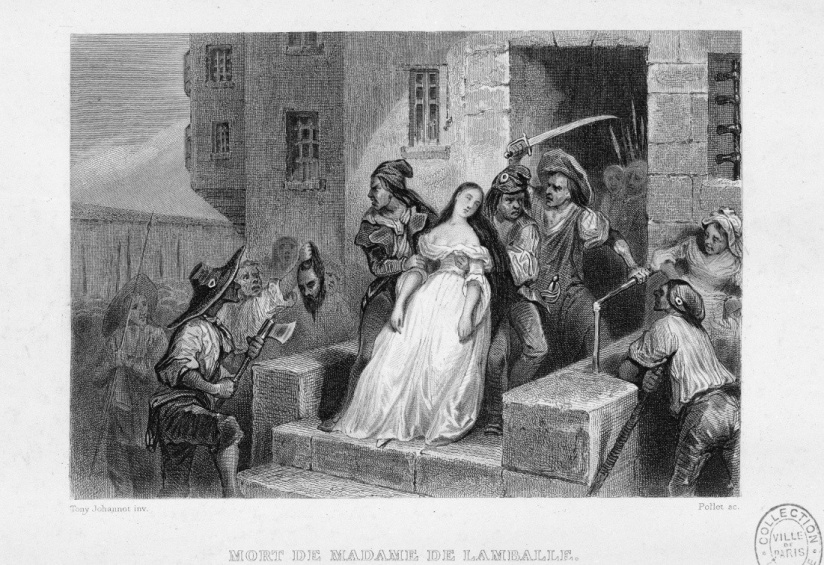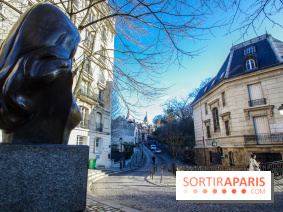On Sunday, September 2, 1792, fearing a"prison plot" and a Prussian invasion, the Sans-culottes stormed Parisian prisons and summarily massacred hundreds of allegedly counter-revolutionary inmates. This marked the start of the September Massacres, which took place from September 2 to 6, 1792, in Paris and the provinces.
It had been almost a month since the Sans-Culottes invaded the Tuileries Palace, sounding theabolition of royalty and the fall of France's thousand-year-old monarchy. August 10, 1792 marked the start of the second French Revolution, in response to the coalition of European monarchies showing unwavering support for the French monarchy and the Prussian and Austrian invasion of France.
Since April 20, 1792, France has declared war on two of the European monarchies that stand in solidarity with the French royal family: Austria and Prussia. In July 1792, Prussian and Austrian armies finally penetrated France, and on July 25, 1792, the Brunswick Manifesto, attributed to Prussian army leader Charles-Guillaume-Ferdinand, Duke of Brunswick, was addressed to the people of Paris.
Actually written by a French nobleman who had emigrated at the time of the Revolution, Chevalier Geoffroy de Limon, this manifesto, intended to intimidate Paris, expressed the Allies' desire to restore the King to his post, to give him back full powers, and threatened the monarch's opponents with the worst reprisals, arguing that anyone who opposed them would be considered a rebel and liable to the death penalty under martial law.
In Paris, tempers flared and instability set in. Since the seizure of the Tuileries Palace, three powers have confronted each other at the head of the capital: the Paris Insurrectional Commune, which instigated the Tuileries insurrection and is now led by Robespierre; theLegislative Assembly, which emerged from the elections of September 1791; and the Provisional Executive Council, headed by Danton, Minister of Justice and Prime Minister.
However, while awaiting theelection of a National Convention, the Paris Commune took over. In an attempt to curb the Commune's power, the Assembly radicalized its political stance and, on August 17, 1792, set up an extraordinary criminal court to try the king's defenders. In turn, nobles and Swiss guards who had defended the royal family and fired on the people during the capture of the Tuileries were convicted and locked up in Parisian prisons.
But this new tribunal was deemed too lenient by the insurrectionary Commune. On September 1, 1792, journalist Jean-Paul Marat, a member of the Commune's surveillance committee, posted placards calling for justice by the people and urging them to "purge the Nation before running to the frontiers". Fearing a rebellion by prison inmates, and at a time when the capital had been deserted by many male volunteers who had left to join the front at the frontier, leaving behind defenseless women and children, fear was instilled.
The news of the surrender of the great fortress of the north-east, Verdun, on August 29, just a few days after the surrender of Longwy, only accentuated the climate of terror. The people were certain that a foreign invasion of the capital was imminent, while a"prison plot" was being prepared in secret: in a capital deserted by 30,000 volunteers, the counter-revolutionary prisoners were going to succeed in escaping from the prisons, slitting the throats of the patriots, freeing Louis XVI from the Temple prison, and handing the capital over to the Prussians .
This was too much for the Sans-Culottes, who decided to take the lead. On September 2, 1792, several sections, led by the Faubourg Poissonnière section, invaded the Paris prisons, armed with clubs, axes, maces, sabres and pikes. For five days, the septembriseurs held mock trials by a people's court at the Abbaye prison, and mercilessly massacred prisoners allegedly in favor of the King's return, at the Abbaye prison, the Carmes convent, Saint-Firmin, the Conciergerie, La Force, Tour-Saint-Bernard, the Châtelet, the Salpêtrière hospital-prison and the Bicêtre hospital.
In all, the septembriseurs murdered over 1,300 victims, including many aristocrats, Swiss Guards and refractory priests, as well as common law prisoners and ordinary citizens. Prisoners incarcerated for debts, family quarrels or minor offenses, on the other hand, were generally released, as were most of the women. Neither the authorities, nor the National Guard, nor the government, nor the Assembly, nor the Commune objected to the killings, nor did they intervene in the face of one of the peaks of revolutionary violence.
Among the most famous victims was Princess Marie-Thérèse de Lamballe, a former confidante of the Queen and governess to her children, who had been imprisoned in La Force for accompanying the royal family to the Temple prison. Massacred by the Sans-Culottes, she was torn to pieces and her head was stuck on a pike and carried under the window of the Queen's cell. Scuffles quickly spread to the provinces, to Meaux, Lyon, Caen, Gisors and Reims, claiming a further 150 lives.
A prelude to the First Terror, the September Massacres saw the French Revolution enter its most violent phase.
To find out more, click here:
Location
Conciergerie
2 Boulevard du Palais
75001 Paris 1
Access
Metro line 1 "Chatelet" station, line 4 "Cité" station
More information
Iconographies: Header: Episode des massacres de septembre 1792, Sylvestre et Cie, Musée Carnavalet Les massacres du 2 au 7 septembre 1792 à la prison de l'Abbaye, Jules-Adolphe Chauvet, Musée Carnavalet Massacres des 2 et 3 septembre 1792 des prisonniers par les septembriseurs, tribunal arbitraire dans la prison, Auguste Raffet, Musée Carnavalet Death of Madame de Lamballe, Antoine Johannot, Musée Carnavalet



























